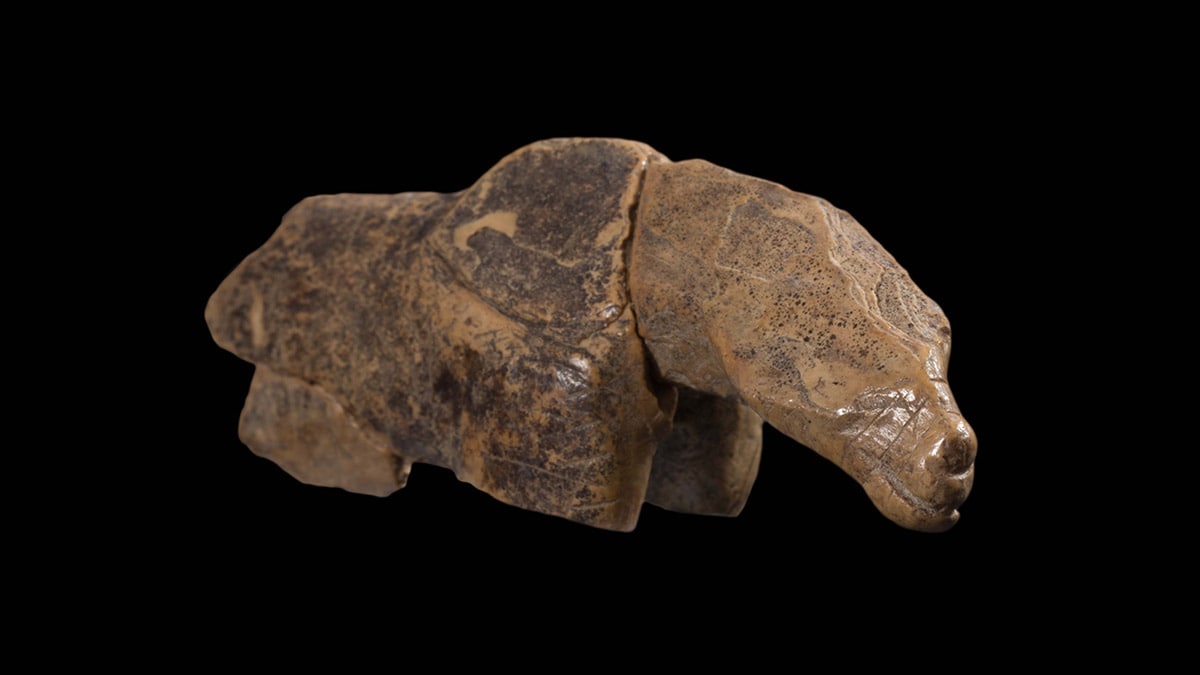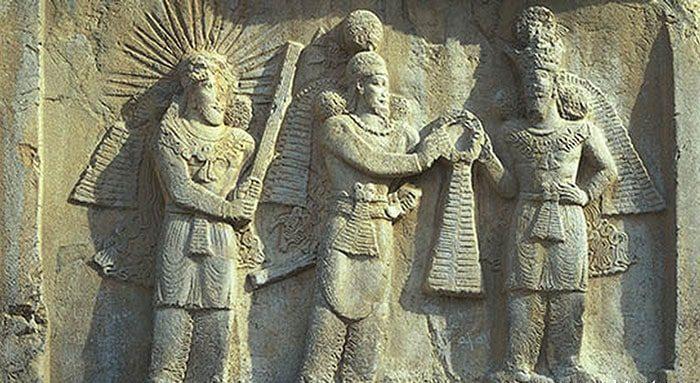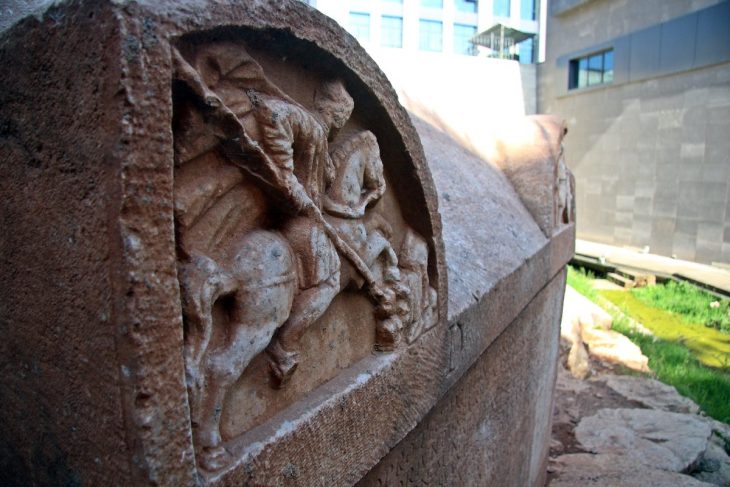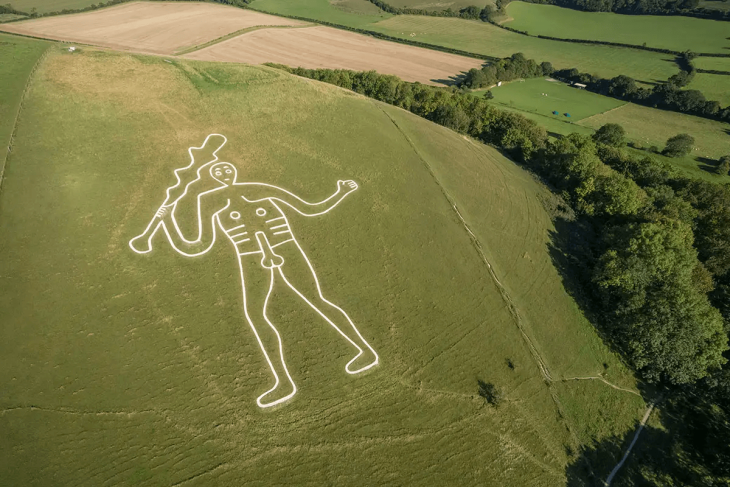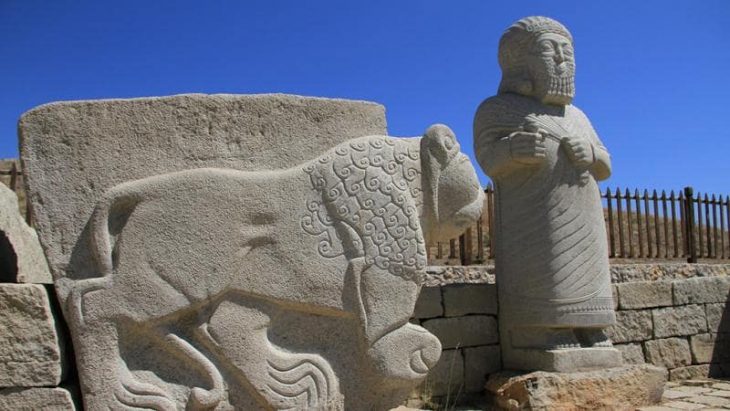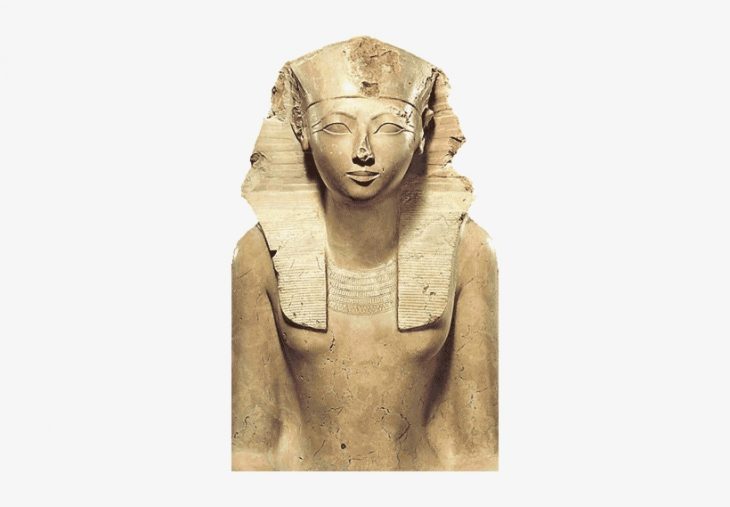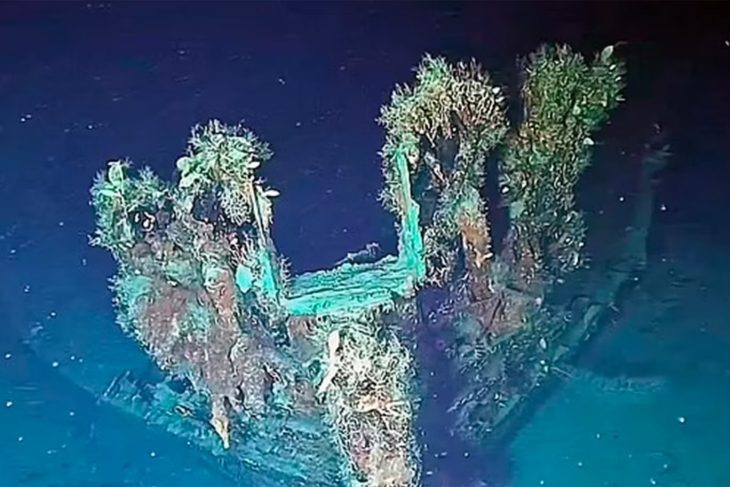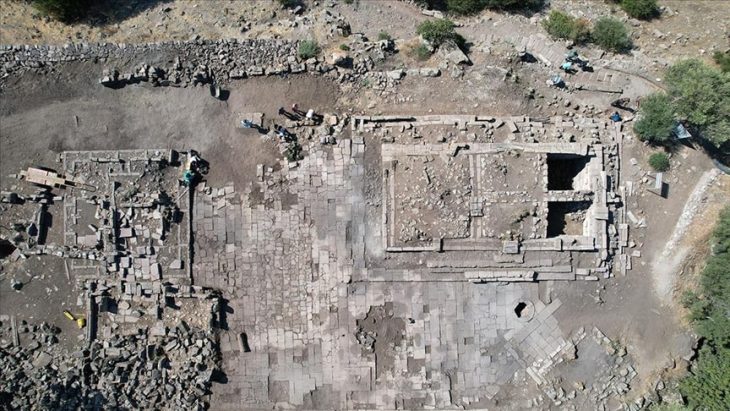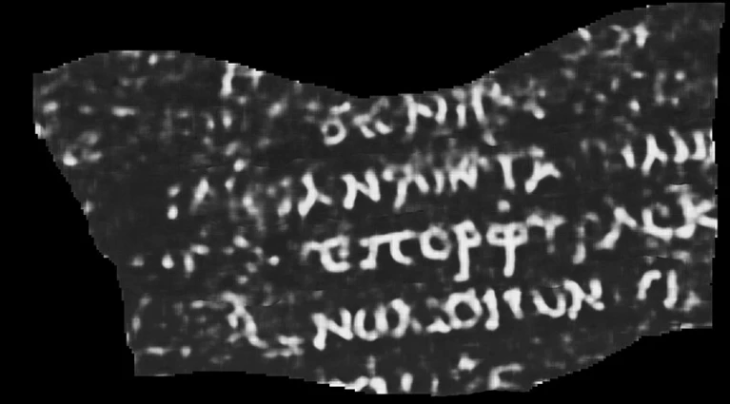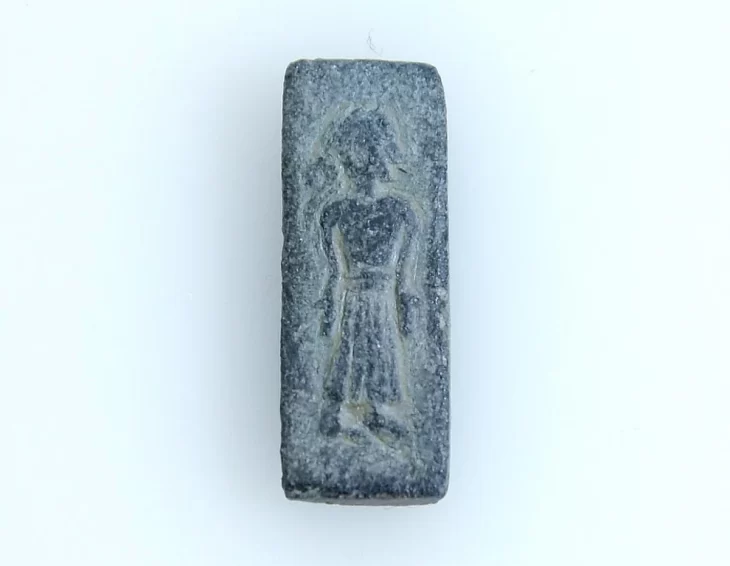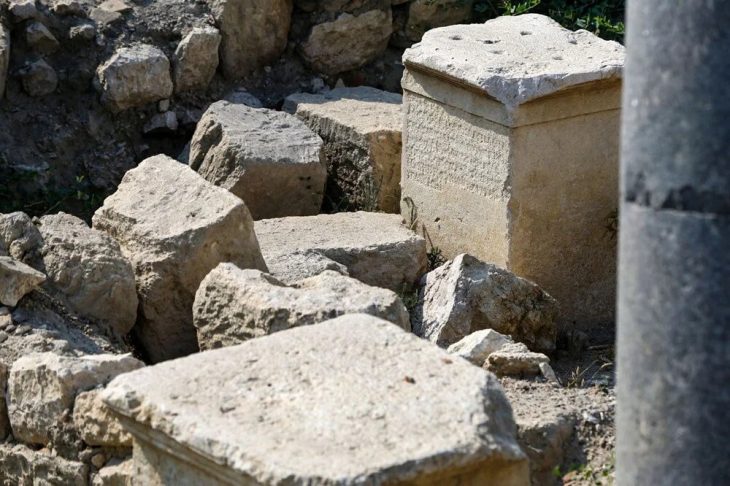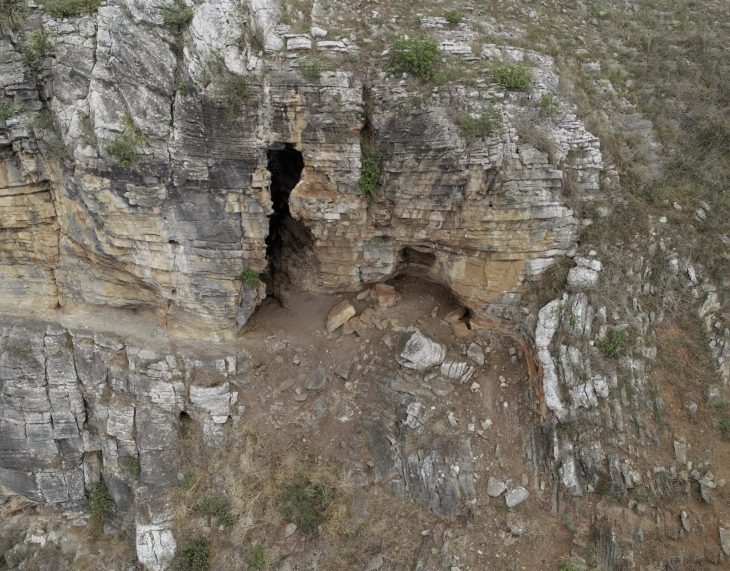For more than 20 years, the first ivory work of art recovered from the World Heritage cave Hohle Fels was believed to be a horse – until archaeologists made a new discovery.
During excavations in the World Heritage cave Hohle Fels in the Swabian Jura near Schelklingen, archaeologists recently recovered a fragment of a carefully carved ivory figurine that gives one of the most famous Ice Age works of art a new look: the figurine fragment turned out to be a piece of a body that was perfectly adapted to an animal figurehead found more than 20 years ago. The head, recovered in 1999, became famous as the first ivory figurine found in Hohle Fels and had previously been interpreted as part of a horse figure.
Professor Nicholas Conard’s team from the Department of Prehistory and Quaternary Ecology at the University of Tübingen is now questioning this assessment: “We still cannot identify the animal species depicted with certainty, but it could be a cave lion or a cave bear,” said Professor Conard at one Press conference on the “Find of the Year” on Thursday. A scholarly publication on the figure, parts of which were recovered in layers of the Aurignacian Palaeolithic culture and carved 35,000 years ago, appears in the current issue of the journal Archaeological Excavations in Baden-Württemberg, published by the Baden-Württemberg State Office for the Preservation of Monuments.
Professor Conard himself considers the work of art from the Upper Paleolithic to be a bear figure: “The figurine now has a massive body, shows the typical pronounced bear hump at shoulder height and presents itself in a posture that could imitate the trotting gait of a bear.” But there is Even colleagues who ascribed the figure the anatomical and physiognomic properties of a cave lion, Professor Conard admits: »It is by no means always easy to determine Ice Age depictions with certainty, especially when they are preserved in such fragmentary form. It therefore makes sense to look particularly carefully for the missing parts of this animal in the years to come.
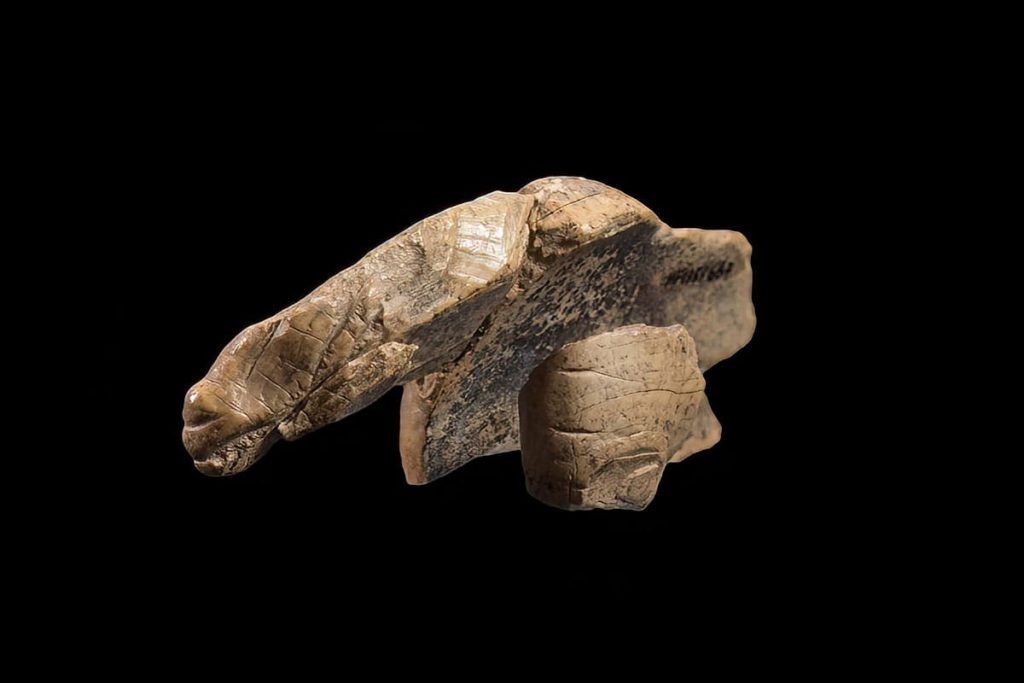
In fact, the animal figure is now composed of five find fragments that were recovered in different years of excavation: Shortly thereafter, a small piece of the cheek was identified among the ivory finds and adapted to the head found in 1999, which was broken off in the neck area. This is how the find was kept for a good twenty years Prehistoric Museum in Blaubeuren (urmu) displayed.
📣 Our WhatsApp channel is now LIVE! Stay up-to-date with the latest news and updates, just click here to follow us on WhatsApp and never miss a thing!!
The new fragment
The current ivory find, which is 3.99 centimeters long, 2.49 centimeters high and 0.55 centimeters thick and features several fine, deliberately engraved line patterns on one side, was identified as the animal’s right shoulder and thorax shortly after excavation and attached. This led the researchers to look for other parts of the figurine among the numerous ivory finds from Hohle Fels. With success: Another small part of the right side of the body could be found on the basis of its engravings. This small piece of torso attached to the figure, like the other pieces, bears very fine lines of the same finish, which clearly demonstrate the coherence of the compositions. It is very likely that another fragment also belongs to the figure: It could be part of the left front leg, but which cannot be directly connected to the rest of the body.
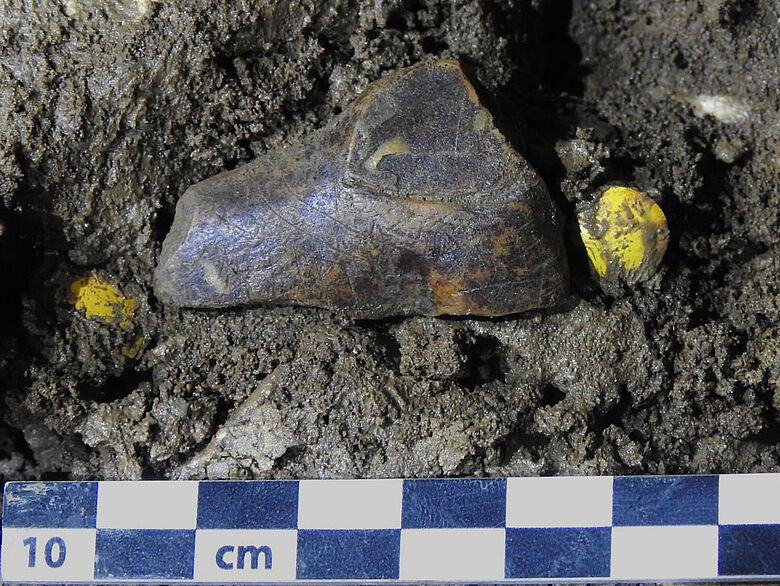
The supplemented ivory figurine has now returned to the urmu, where it is on display to the public. “This figure shows us and our visitors like no other that the archaeological work is never finished,” says Dr. Stefanie Kölbl, managing director of the Prehistoric Museum in Blaubeuren (urmu), which is also a branch museum of the Archaeological State Museum and a research museum at the University of Tübingen. In the building next door to the museum, the finds from Hohle Fels are read out in minute detail. “It’s fascinating to see the excavators there at work with magnifying glasses and tweezers,” says Dr. Kölbl, “and even more fascinating to realize that somehow nothing seems to be lost over this long, long time, and we can hope to be able to complete this figure at some point.”
Cover Photo: University of Tübingen

